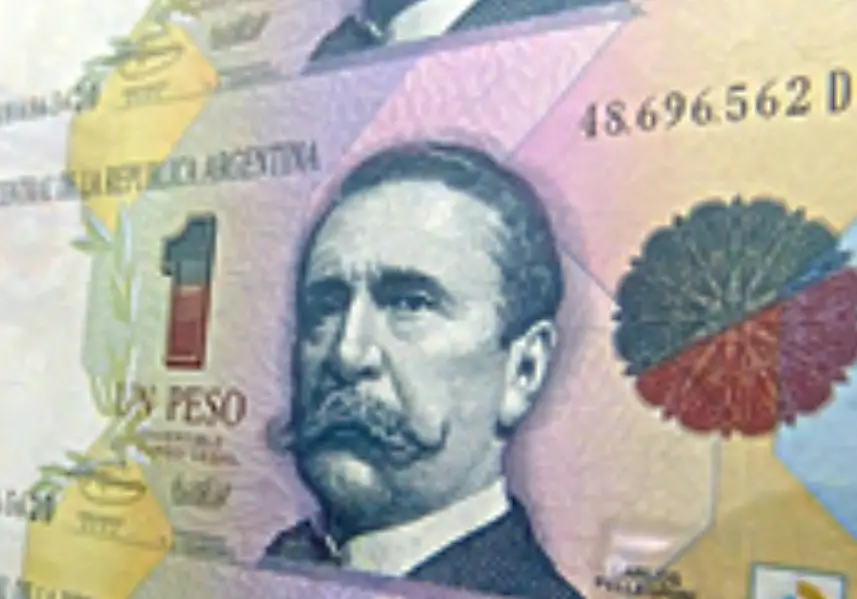For the sixth time this year, Argentina’s central bank hiked the nation’s benchmark interest rate, as the regulator seeks to constrain soaring prices which have weighed heavily on incomes, and left millions driven down below the poverty level.
The latest hike raised the rate to 133%, from 118%. The hike came shortly after September’s inflation report showed that consumer prices increased 12.7% month over month, and 138% year over year. It was the highest rate seen in the nation in 30 years.
According to a report released last month by the National Institute for Statistics and Census, (INDEC) soaring inflation in the nation has pushed the country’s poverty rate to 40.1% for the first half of 2023. That translates into 11.8 million people, or two out of every five citizens, living below the poverty line.
Meanwhile, a report released last month by the think tank Center of Argentine Economic Politics (CEPA), showed that soaring inflation in the country was vastly outstripping wages, leading to the median wage only being able to pay for 85.6% of the basic food basket, as of August.
However analysts fear that with the nation mired this deeply in an economic crisis, the latest interest rate hike may not have come soon enough.
On condition of anonymity, a national private banking manager told Reuters, “It is no longer useful to raise the rate, expectations have gone away and raising it at this time is not going to contain the flight from pesos to dollars.”
According to estimates by private analysts, inflation in the nation is forecast to reach 173.2% in 2023. Meanwhile the ratings agency Moody’s is projecting that in 2023 inflation will reach 200%, and in 2024 it will hit 350%.
Just ten days after the rate hike, voters will head to the polls to elect a new President on October 22nd. The majority of the candidates have pledged to reduce the government’s spending to close the nation’s fiscal deficit, which is seen as a key driver of inflation. However Javier Milei, an outsider candidate, has focused his entire campaign on eliminating the Argentine peso entirely, and adopting the US dollar as the nation’s currency.

